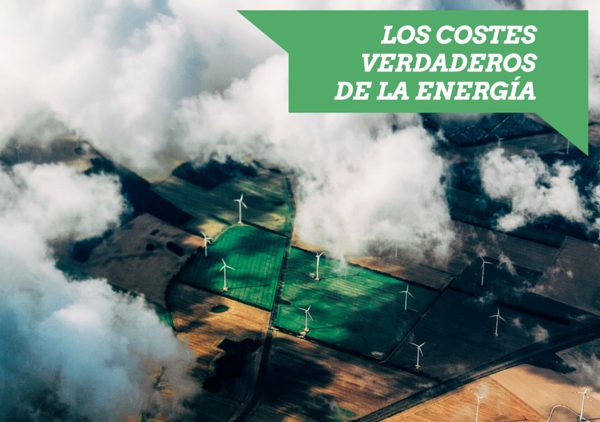Energy consumption is essential for a good quality of life and economic growth. However, the energy choices of businesses and households are based on the visible costs that appear on utility bills. This system hides what economists call the ‘external costs of energy‘, arising from the choices we make with respect to energy. Some of these costs include higher health care expenses, shorter lives and a changing climate. That’s the reason why we pay unnecessarily high costs for energy.
Reliance on energy and the consequences
As I’ve said, energy drives our economy and supports our quality of life. Simple examples illustrating this statement would be when we heat our homes, keep the lights on in offices and other rooms, power factories to manufacture goods and fuel our cars and public transport.
It is this energy-dependent economic infrastructure that allow businesses to perform productively. In conclusion, our standards of living would not be possible without energy and the systems that have been developed to harness it.
What’s the problem? The sources of energy we rely on are more expensive than we once thought. The total cost of energy includes the price that shows up on the electricity bill – known as the ‘private costs’ – plus the less obvious impact of energy usage on health, the environment, and security – known by economists as the ‘external costs of energy’ or ‘externalities’. The totality of these costs, including both the private and external costs, is the social cost of energy use.
In order to have a more real vision of this concept, an example of a health and environmental cost of energy is the accident in Japan’s Fukushima Nuclear Power Plant in March 2011. Our primary sources of energy lead to health costs as well: soot from coal power plants causes thousands of premature deaths and thousands of ill children every year. Moreover, life expectancy in northern China is 5 years shorter than in southern China, and this is only due to the higher levels of pollution in the North. The external costs associated with using carbon-intensive fuels also include the big one – climate change.
What are the External Costs of Energy Use?
1. Health effects of energy sources
The combustion of fossil fuels results in the release of pollutants that have a significant impact on the health and well-being of society. Air pollution is associated with elevated mortality rates for adults and infants. Experiences with nuclear disasters suggest that they increase the incidence of cancer. Regions experiencing higher levels of radiation are examples of external costs of energy usage.
2. Climate-change impacts
Humans have been emitting greenhouse gases such as CO2 into the atmosphere since the Industrial Revolution. The main concern is the continued rise of global temperatures and its consequences on the planet.
3. Environmental impact and other economic effects
Extracting, transporting and consuming fuels such as coal and petroleum have adverse effects on the environment and quality of life.
To sum up…
The bottom line is that these external costs, hence the total costs of energy consumption, are way bigger than the price appearing on our utility bills, and people are not always aware of it. What’s in our hands to eradicate those costs? Two words: renewables and management. You have probably heard about renewable energy and its advantages. It’s time for you to know more about energy management:




